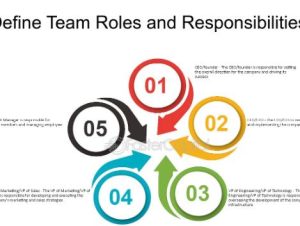What Is a Meeting Cadence and Why Is It Important?
Exploring the Concept of Meeting Cadence
A meeting cadence refers to the rhythm at which meetings are scheduled within an organization or team. This cadence is crucial for structuring how, when, and why team members gather to discuss, brainstorm, and make decisions. The right meeting cadence can be the heartbeat of effective team communication and project management, influencing everything from daily operations to long-term strategic goals.

Determining the Optimal Meeting Frequency
Choosing the right frequency for meetings is critical. Teams must balance the need to communicate effectively without overwhelming participants with too many or unnecessary meetings. For example, according to a recent survey, teams that hold brief daily stand-up meetings are 34% more likely to report higher levels of productivity compared to those that do not. On the other hand, another study found that employees spend an average of 31 hours per month in unproductive meetings, suggesting a need for well-planned and relevant meetings rather than more frequent ones.
Clarifying Meeting Objectives
Every meeting should have a clearly defined purpose. Without a specific goal, meetings can quickly become time sinks. Effective meetings typically serve one or more of the following purposes: information sharing, brainstorming, decision-making, or problem-solving. By aligning the meeting’s frequency and participants with its purpose, organizations can ensure that each meeting is both necessary and productive.
Selecting the Right Participants
Ensuring that only relevant team members are included in each meeting is essential. Including individuals who are not directly involved in the agenda can lead to decreased engagement and wasted time. Efficient meetings often result from having the right mix of participants who can actively contribute to achieving the meeting’s objectives.
Benefits of a Well-Designed Meeting Cadence
- Improved Communication: Regular, well-planned meetings ensure that all team members are aligned with their roles and responsibilities, reducing the chance of miscommunication.
- Enhanced Productivity: By minimizing the frequency of unnecessary meetings, teams can focus more on executing tasks rather than discussing them.
- Faster Decision-Making: When meetings are scheduled appropriately, decisions are made swiftly, keeping projects moving forward without unnecessary delays.
Crafting Your Meeting Strategy
To implement an effective meeting cadence, start by evaluating your current meeting practices. Identify which meetings are yielding high value and which are not. Adjust the frequency, length, and participant list based on feedback and the unique needs of each team or project. For instance, while a development team might benefit from daily stand-ups, a marketing team might find weekly strategy sessions more beneficial.
Understanding what is a meeting cadence is fundamental to fostering a proactive work environment. It’s about creating a systematic approach to meetings that enhances team engagement and drives organizational success. Start today by analyzing your team’s meeting patterns and make adjustments to develop a more strategic and effective meeting cadence.
